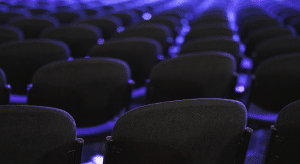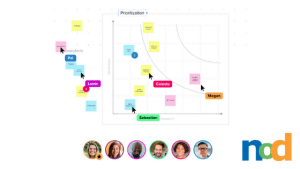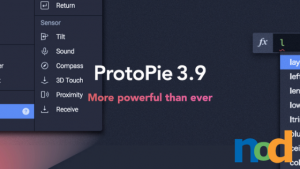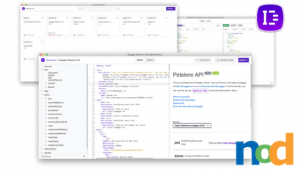WWW… Wednesday! The Most Important Metrics for Site Optimization
by Taylor Slattery | January 22, 2020
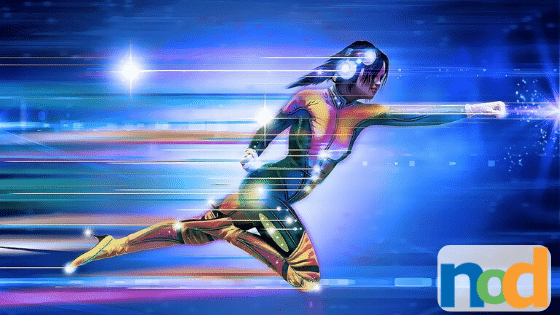

In most cases, speed is the top priority. Developers are well aware of our shrinking attention spans and do everything in their power to reduce the amount of time new visitors wait for their site to load. Eye candy is a great tool for grabbing attention, but it can be difficult to strike a balance between large, high-resolution images and fast load times. Fortunately, web designers have an arsenal of tools at their disposal to combat this problem. New web-based image formats drastically reduce file sizes without sacrificing image quality, and CDNs, or content delivery networks, are able to drastically cut loading times.
When referring to the speed of a site, most people are referring to the amount of time it takes for a page to load in its entirety. While there are a number of online tools that will give you a site’s loading time, there are several other metrics within the category of speed that are worth looking at.
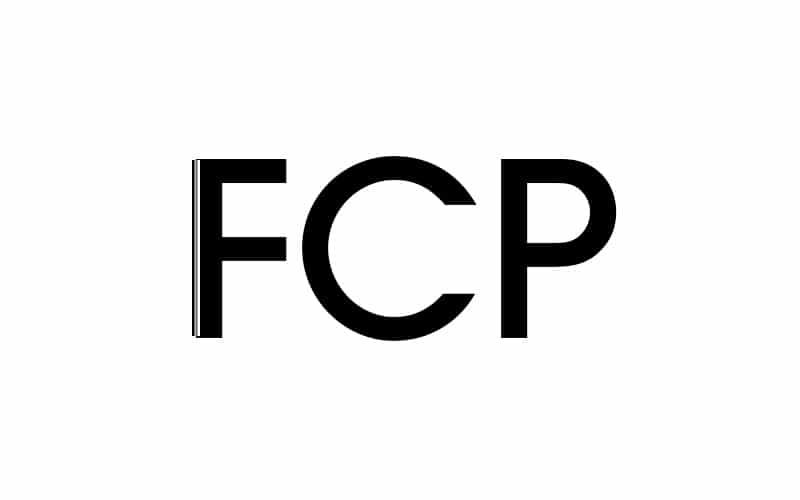
Sites typically load in stages. Depending on the speed of the site and your connection, you might first see the navigation bar, followed by some text fields, and finally, the images, which are usually the largest elements on the page. One important metric to measure is called FCP, or First Contentful Paint. This metric tracks the amount of time that passes before the first element of the site is visible. This first element provides key feedback to the visitor as it shows them that something is happening. Too long of an FCP can lead visitors to believe that there is a problem with the site, causing them to leave.
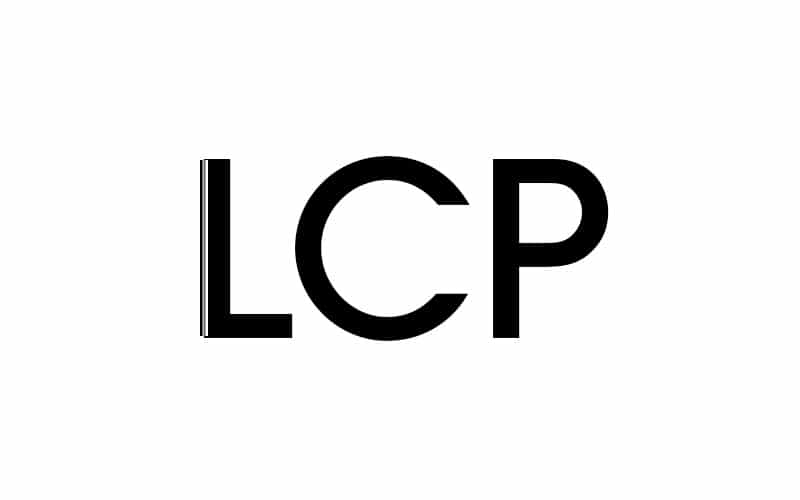
Largest Contentful Paint is similar to FCP, but rather than tracking the first element, it tracks the amount of time that passes before the largest element on the page loads. For most visitors, this will be the main reason for their visit, and upon its loading, they will be able to determine the usefulness of the content. Essentially, it tracks the amount of time before visitors are delivered the content they’re looking for.
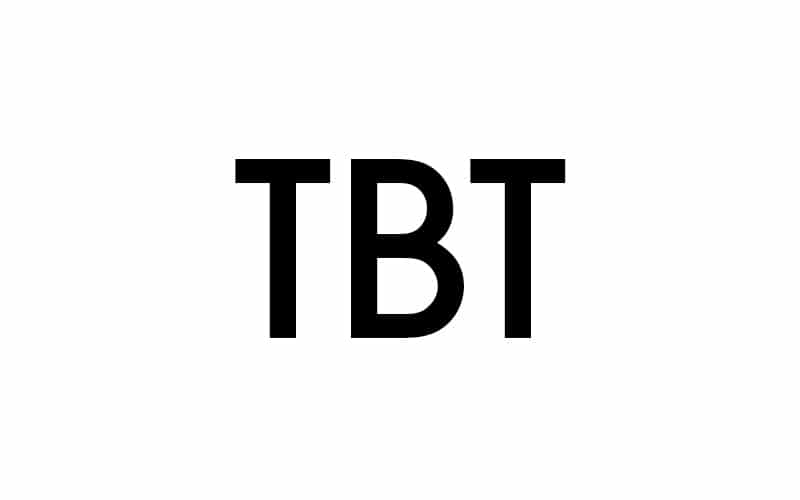
Next comes Total Blocking Time. Once the site’s content is loaded, users may need to interact with it by typing in a text field, using drop-down menus, or clicking links. TBT measures the amount of time that passes before a page becomes responsive to the user’s input.

Depending on the nature of your site, another key metric to measure is its bounce rate, or the percentage of visitors who leave after visiting only one page. If your site is a simple, one-page portfolio, your bounce rate will likely not be a helpful metric to track, but if you run an e-commerce store with a large number of goods, finding a way to reduce your bounce rate will be critical.
There are many more metrics to explore beyond those covered in this article, but at this point in time, speed seems to be the most critical. Measuring the success of a site’s content is a bit more subjective, but having a fast site ensures that visitors will stick around long enough to decide for themselves.

Taylor is the Managing Editor of Notes on Design. Taylor is a graphic designer, illustrator, and Design Lead at Weirdsleep.
Recent Articles


























